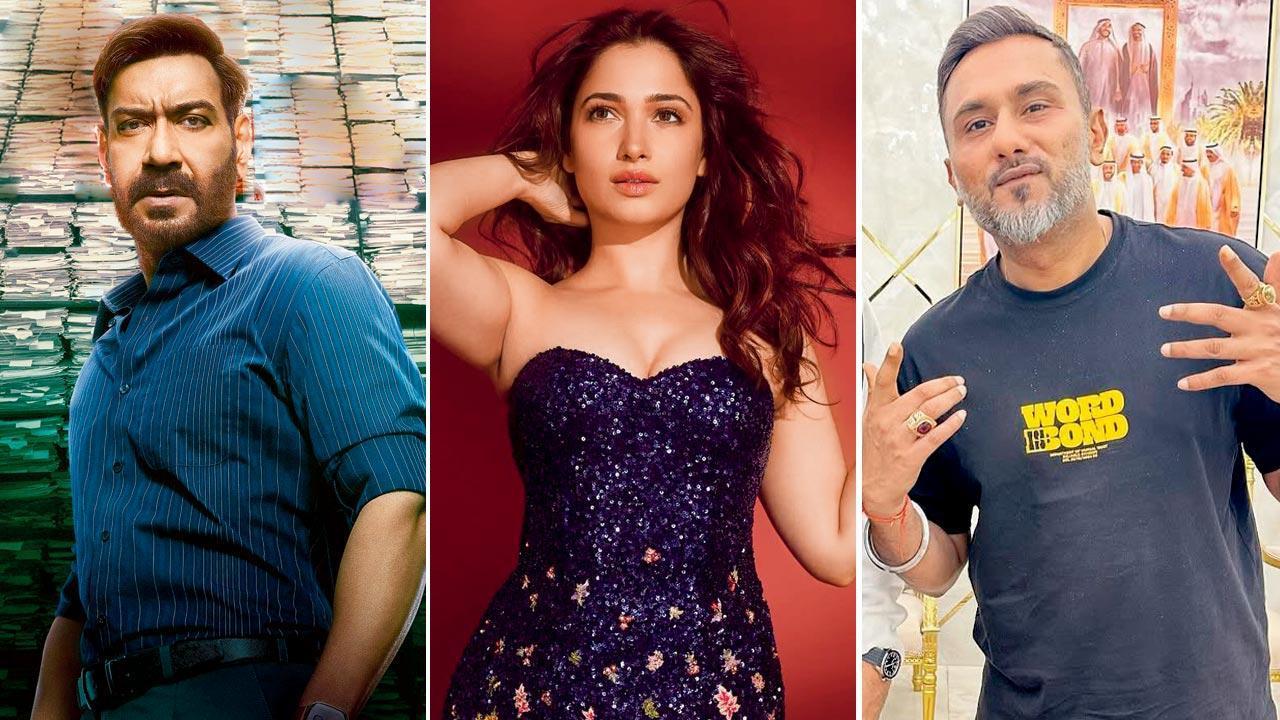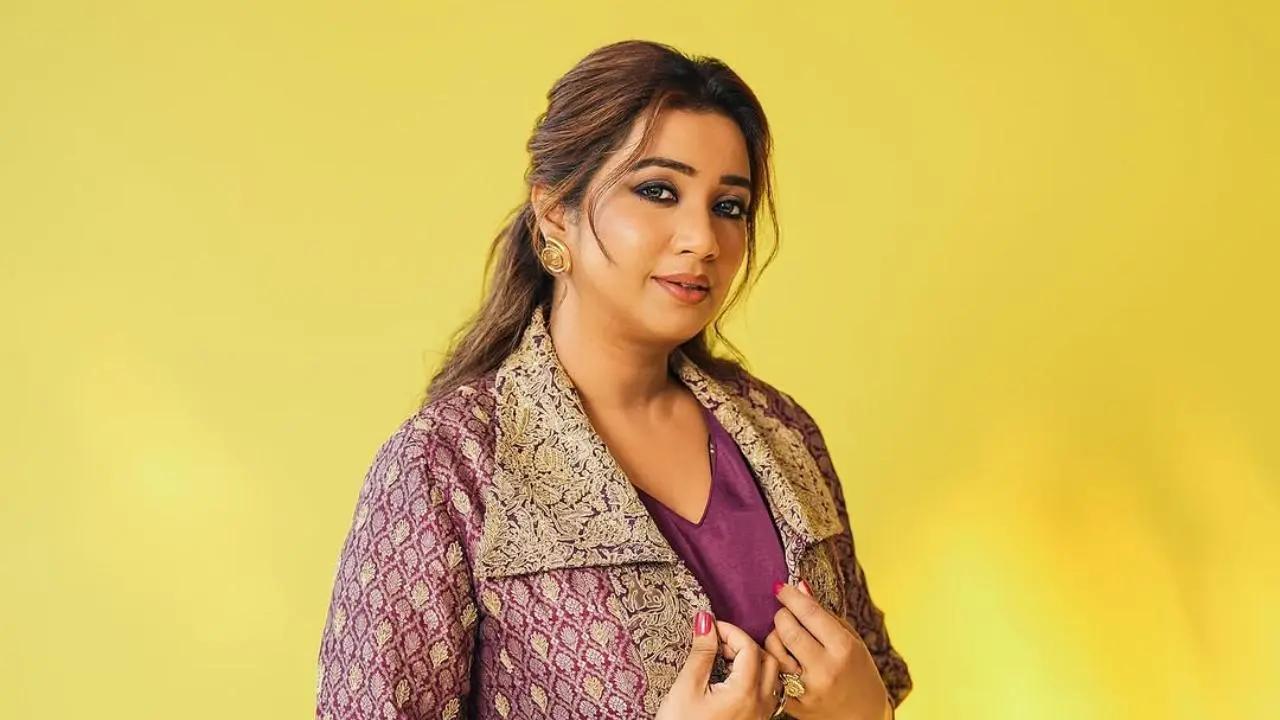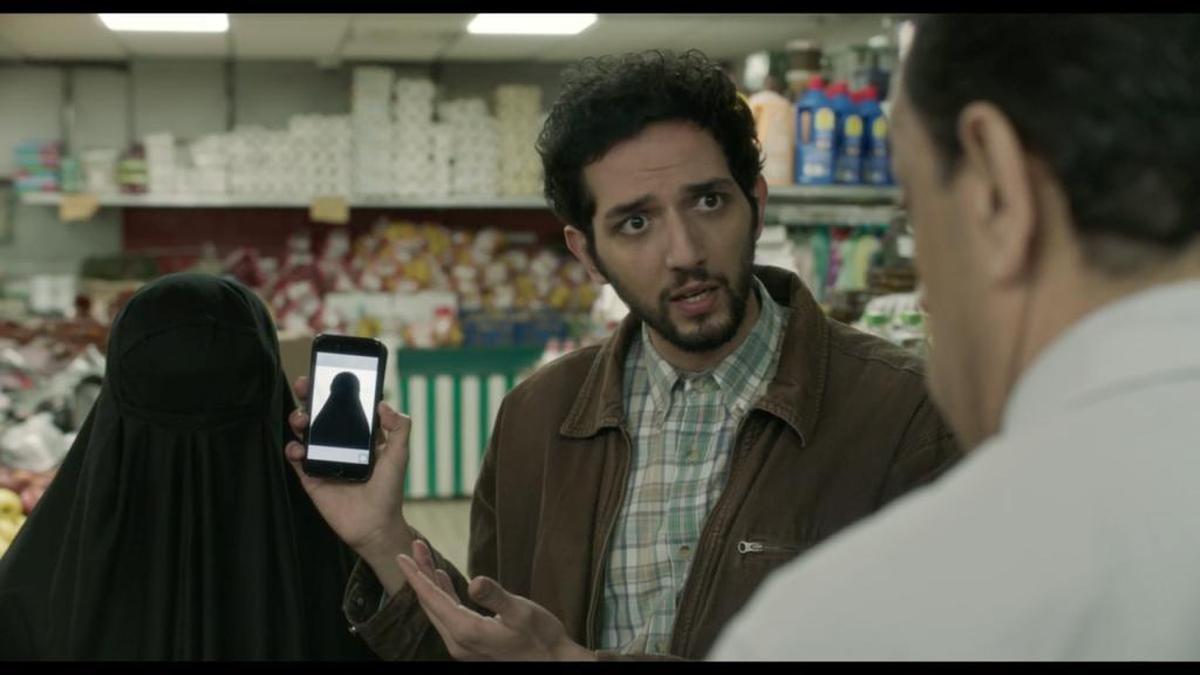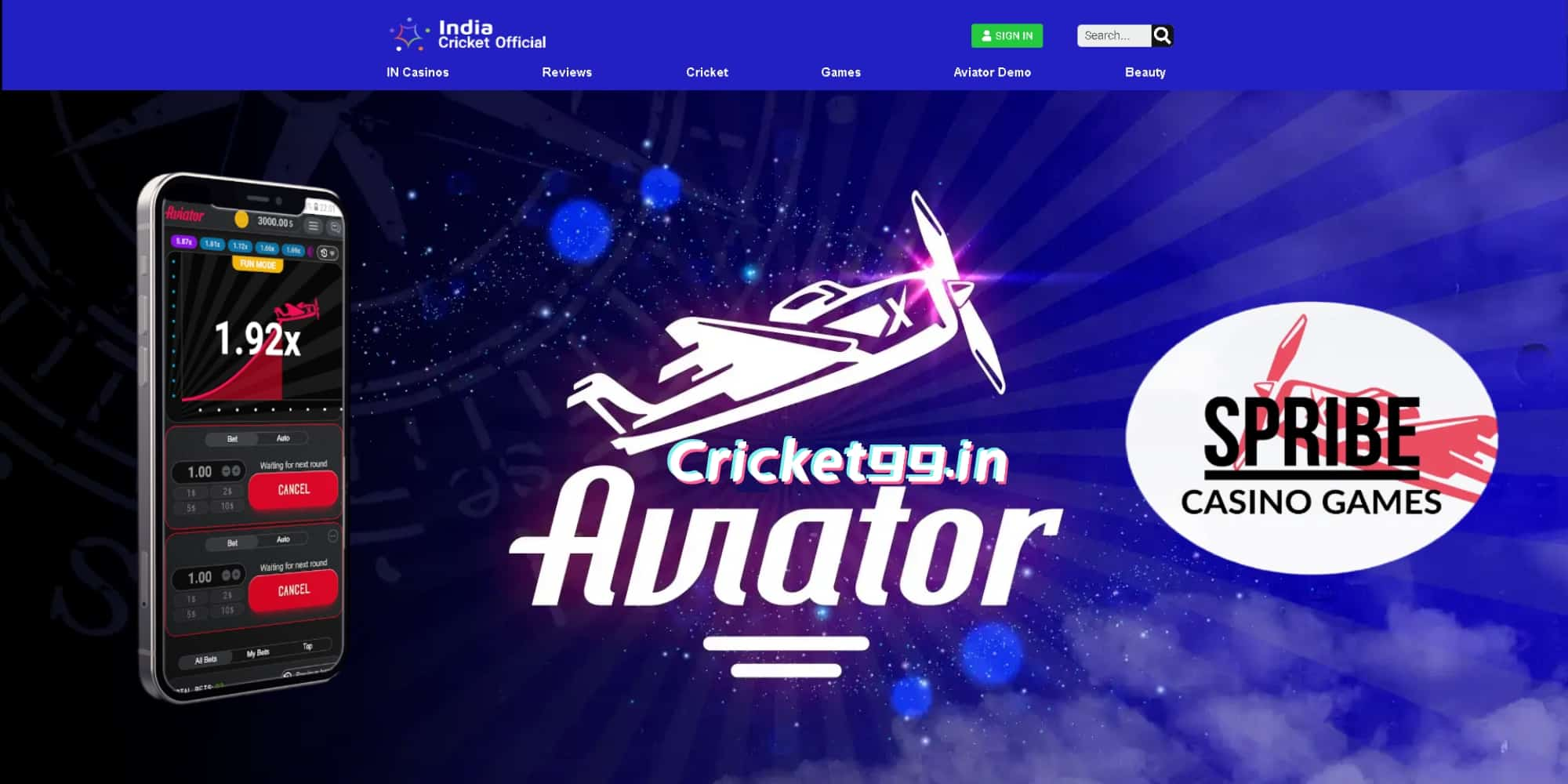
It’s been over eight years since the likes of Mirzapurand Sacred Games introduced original long-form content on streaming to Indian audiences. Yet, except for a few hits and misses, it remains an untapped format in most regional languages. With tension building in the theatrical distribution circuits, you expect regional languages like Malayalam, Telugu, and Kannada to be more receptive to the alternate streaming space and other storytelling formats. Strangely, series-making continues to be fledgling in southern India.
The consensus is that the creators down south are generally streaming-hesitant, preferring the big-screen feature format over anything else. Nikhil Madhok, Head of Originals, Prime Video, India, however, maintains that while the Amazon-owned service hasn’t entered Malayalam and Kannada from an original perspective, it isn’t so due to hesitancy from creators. “It’s just that we haven’t reached out to them. Many fresh ideas are coming up from the regional markets,” says Nikhil, pointing out how 2025 will witness an array of movies and series in Telugu. “We work towards expanding our offering over time. But some markets are better served with movies, originally produced and licensed,” he says.
This is sadly the case even in a market like Tamil — in which the likes of Suzhal, Inspector Rishi, Vilangu, and Ayali should have created a new wave of series-making. The contrast between North and South seems vivid when you compare the number of A-list directors that have transitioned to streaming. Even Sanjay Leela Bhansali made a web series in Hindi, a market that has embraced OTT.
In Tamil, Prime Video has over the years worked with the likes of Bharathiraaja, Balaji Sakthivel, Thiagarajan Kumararaja, Sudha Kongara, and Rajiv Menon for anthologies like Putham Pudhu Kaalaiand Modern Love: Chennai (it’s main competitor, Netflix, partnered with the likes of Mani Ratnam, Vetri Maaran, Gautham Menon, and Vasanth for Navarasaand Paava Kadhaigal). Strangely, these collaborations have remained few and far between. In 2024, neither Prime Video nor its competitors collaborated with A-list filmmakers for a series or an anthology in Tamil.
Nikhil explains that the streamer isn’t focused on working exclusively with established names. “We are keen to provide opportunities to people who are somewhat established as well as newcomers. That’s how you get great range. It’s also that the filmmakers who work with us tend to come back. The Pushkar-Gayatri duo is now producing a couple more series, which we will be announcing shortly. We have also partnered with Stone Bench for a title,” says Nikhil.
Broadly, one could also perceive a certain scaling down of cost in how many recent long-format series were mounted. Even in Hindi, grand spectacle titles like Bambai Meri Jaanand Jubileehaven’t returned for new seasons; on the other hand, the production values of currently streaming shows aren’t at their competitive best. Is there a financial downswing driving this? “Be it Citadel: Honey Bunny, Paatal Lok Season 2, the upcoming The Family Man Season 3, or the Anil Kapoor-starrer Subedaar, our titles are grand-scale productions,” contends Nikhil. He, however, adds that Prime Video is at a phase where it needs to be cognizant of its spending. “As businesses tend to go into their next phase, they become mindful of the cost economics. But there hasn’t been a pullback in scale, and we continue to be ambitious,” he adds.
The theatre and the streaming business depend heavily on each other. Operating in a largely volatile space where trends change every hour of the day, OTT platforms need to keep a tab on what’s working in the theatres. Nikhil understands how the current generation of audiences is more choosy when they want to watch a movie in a theatre, but believes that it is only upon the storytellers to competitively meet the demands of the audiences.
The widened palette of the post-pandemic generation has broadened the scope for a variety of genres on streaming. “People like a variety of content. Last year, while we had a crime thriller like Poacher, we also had a rural comedy like Panchayat; we had a Call Me Bae, as well as a Citadel: Honey Bunny. We also had young adult shows like Big Girls Don’t Cry, Dil Dosti Dilemma, and Snakes & Ladders. It is such a diverse country that our challenge has always been to create enough variety and provide enough selection”.
Meanwhile, since the pandemic, a mind-boggling trend of passive viewing has gripped younger audiences. Perhaps it is the much spoken-about attention-deficiency of our social media-obsessed age, as we prefer to scroll through our Instagram feeds with a sit-com playing in the background. Even creators have taken note of it, making titles that cater to them. How, you ask? Make the narrative flimsy and light-hearted, so that even a five-minute distraction doesn’t hinder the story progression too much. Prime Video, Nikhil says, wouldn’t give into that fad. “We will be really disappointed if people don’t lean in and watch our content because the idea as creators is to make stuff which is deeply engaging. That focus for Prime Video isn’t going to change.”
Published – March 07, 2025 04:50 pm IST
television
/
Indian cinema
/
Tamil cinema
/
Hindi cinema
/
Malayalam cinema
/
Kannada cinema
/
Telugu cinema










